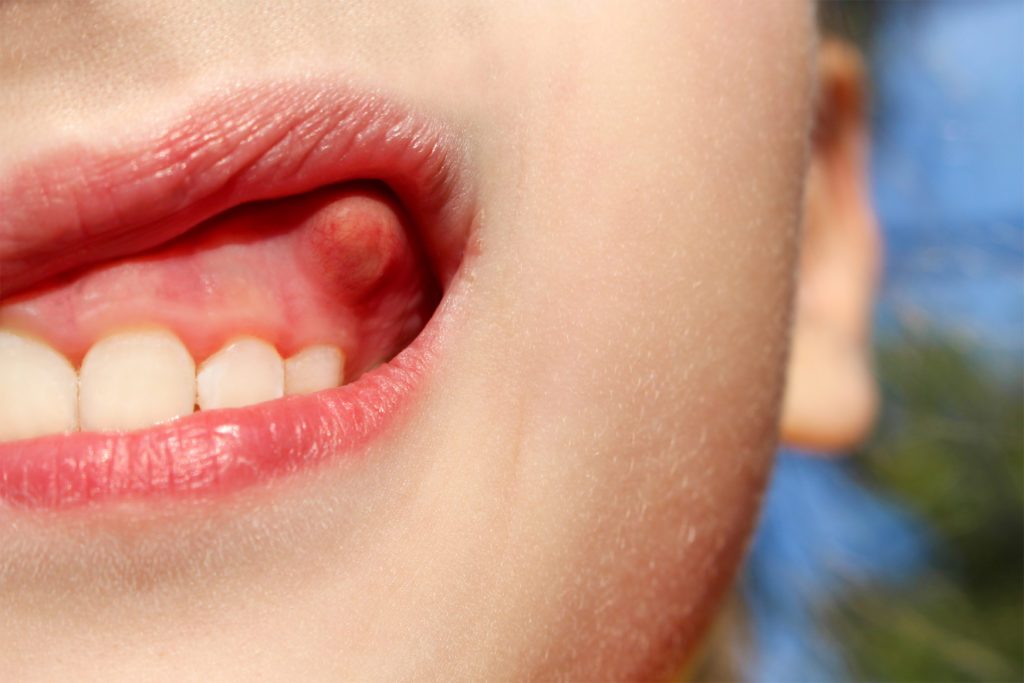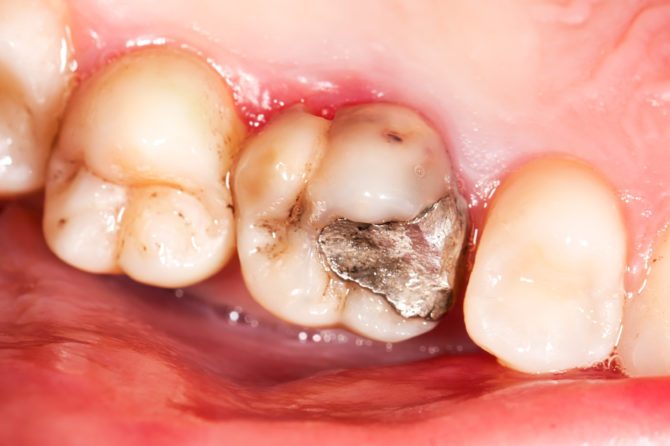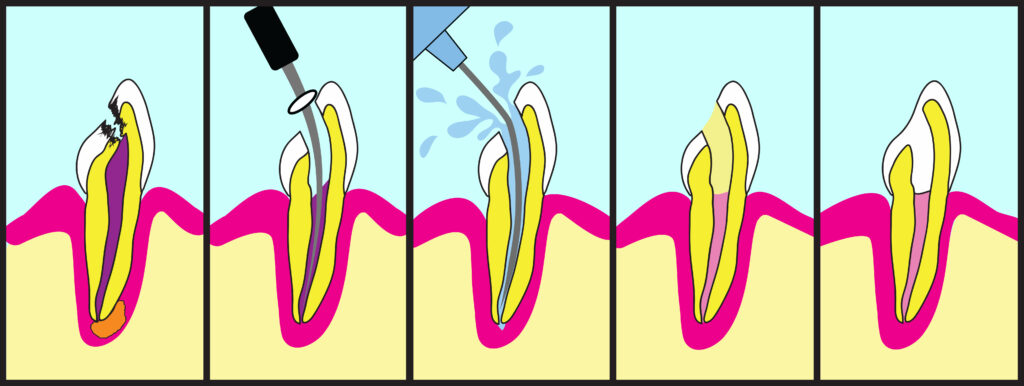Tooth Pain Types
Tooth pain can be either from the tooth, gums, or surrounding bone and jaw.
The tooth pain arising from tooth disease can be due to tooth decay, tooth fracture, recurrent tooth decay, sensitiveness, or trauma. In any of these cases, the following treatment can help restore the tooth to normal.
Tooth Pain Causes
1. Toothache – Dental Pain
Tooth pain can be very excruciating pain. On the scale of one to ten toothaches can rise to level ten. For any patient looking for tooth pain treatment in Hartford, our dentist can help you relieve the pain on the same day.
2. Gum Disease
Gum disease can manifest as continuous low-grade pain. Further, it will also result in bleeding gums, sensitive teeth and bone loss. Finally, teeth can feel more mobile and have a foul odour to it. Dental Cleaning is necessary to treat gum disease.
3. Infection
Oral Mucosa protects the oral cavity like skin protects the body. A breach in the oral mucosa can result in bacteria infecting the mouth. Breakdown of oral mucosa – trauma or decrease response in repair is the most common reason for infection of the mouth.
4. Wisdom teeth pain
Wisdom teeth can cause repeated swelling of the cheeks, jaw and neck. The chronic infection needs extraction of the wisdom teeth.
5. Sensitive teeth
Sensitive teeth is a more prevalent form of teeth pain. Further, it occurs more with Gum disease or postoperative pain after cleaning and fillings. Fluoride treatment relieves most kind of sensitiveness.
1. Excruciating Pain
2. Swelling around the tooth
3. Fever
4. Redness
5. Loss of function – limited jaw opening
Over the counter pain medication is the best home remedy. The best treatment is to see the dentist and diagnose and treat the cause of tooth pain. Patients in Hartford, Connecticut, can schedule the appointment with our dentist as soon as possible. Healthy Smiles provide same-day appointments for a dental emergency.
Tooth Pain Treatment
The treatment includes the following.
1. Dental Fillings
Deep dental caries can result in a painful tooth. However, dental fillings can restore a cavity to a healthy tooth.

Silver, composite or gold restorations can restore the tooth after removing dental caries. Composite restoration restores the tooth with the same color filling material. read more
2. Root Canal Treatment
Dental decay reaches the tooth pulp and infects the tissue inside the tooth. Therefore, a root canal treatment becomes a necessary treatment for treating the tooth pulp. The tooth is hypersensitive, and signs of inflammation – redness, pain, heat, swelling, and loss of function are present.

Furthermore, a root canal treatment involves the following steps – access, removal of the infected dental pulp, and placing root canal filling. After root canal treatment, a crown is vital to prevent a tooth from fracturing. read more
3. Tooth Extraction
Tooth extractions involve the removal of a tooth from the bony socket. The periodontal ligament attaches bone with the tooth. Periodontal ligament needs to break for the tooth to luxate from the bony socket.
Also, at times roots can be curved or extra bone is covering the tooth. In those instances, the tooth will need to be surgically removed.
Finally, the tooth can be partially or entirely submerged in the jaw. Bone removal is necessary to remove bony impacted teeth. More complications are associated with impacted teeth, and in certain exceptional cases, referral to an oral surgeon is essential. read more
